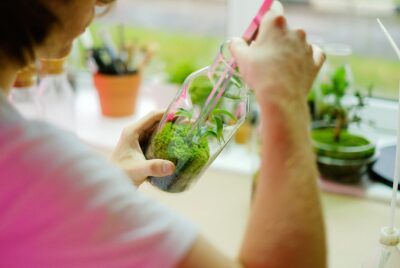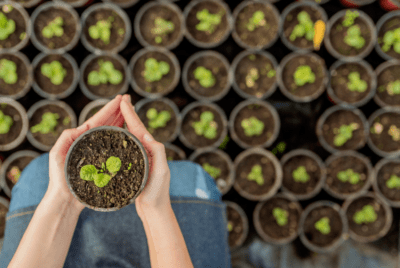RESEARCH
Psychological And Physiological Benefits Of Plants In The Indoor Environment: A Mini And In-Depth Review
Summary
This paper looked at how having plants indoors can affect people’s feelings and health, and also how it can improve the air quality inside buildings. Because people spend most of their time indoors, they can be exposed to pollution and stress, which can be bad for their well-being. To understand how plants can help, the researchers reviewed a lot of scientific studies published between 1990 and the 2010s. They looked at studies that examined how indoor plants influenced people’s mood, stress levels, blood pressure, and even their productivity. The review also looked at how plants can clean the air by reducing things like carbon dioxide and harmful chemicals called volatile organic compounds (VOCs). The goal was to give a clear overview of the benefits of indoor plants for health and the indoor environment.
To do this review, the researchers used a mixed-methods approach, looking at both numbers and descriptions from the previous studies. They searched for articles using keywords like “indoor plants,” “psychological benefits,” and “indoor air quality” in scientific journals from different fields like built environment, environmental psychology, and horticulture. They then organized the information they found into tables, listing the types of plants used, where they were placed, and what kind of improvements were observed. For the air quality part, they looked at which plants were effective at removing specific pollutants and under what conditions. The researchers also discussed both the positive and negative findings reported in the original studies.







